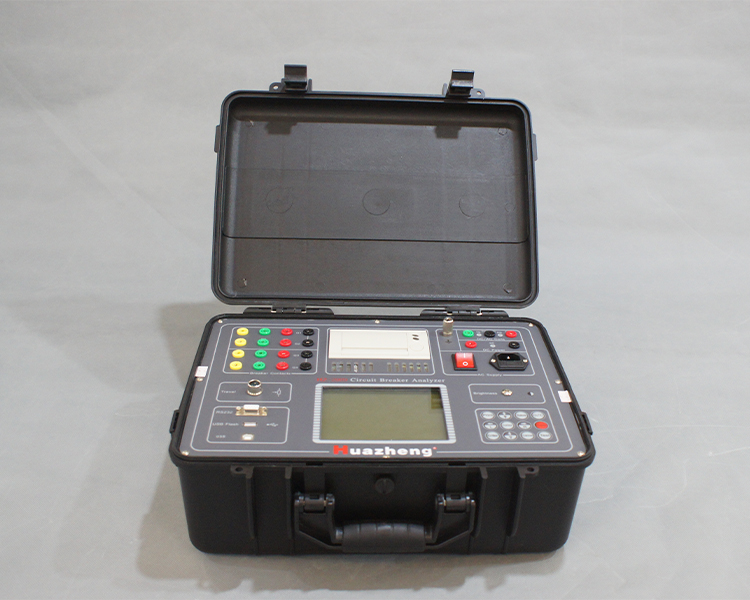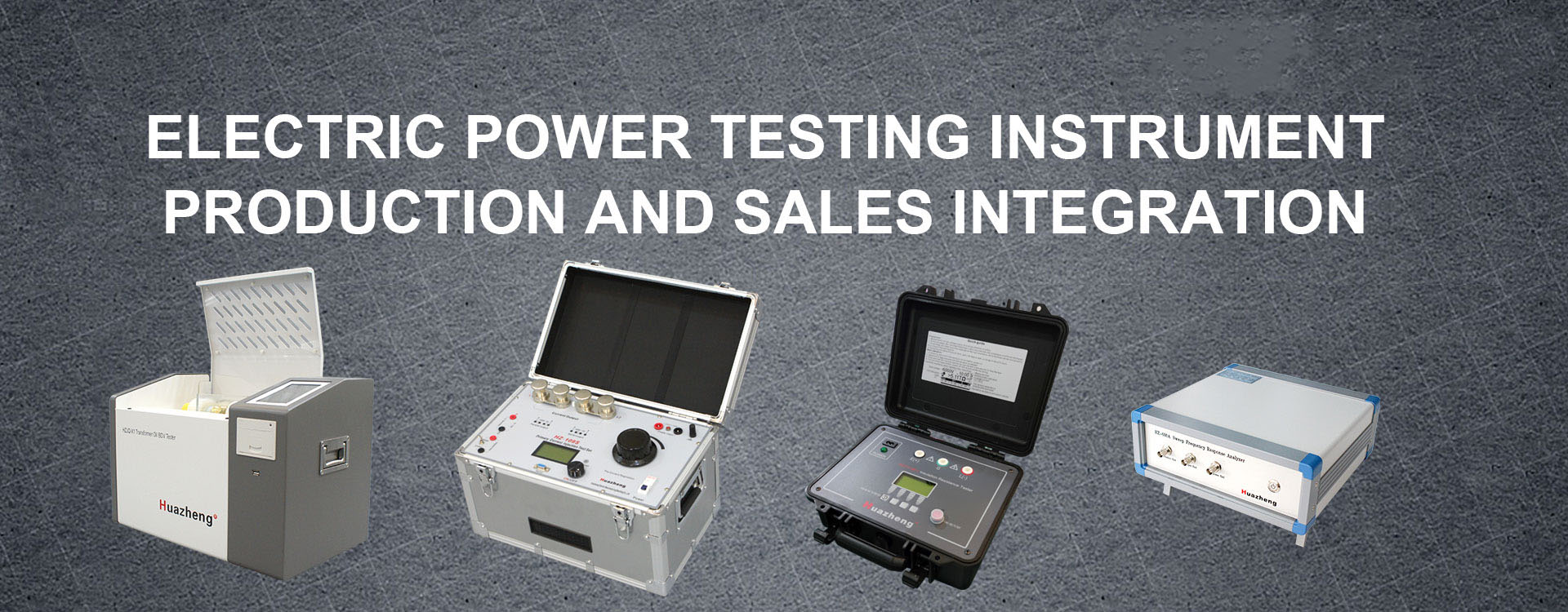
1、 Ensure the timeliness and accuracy of fault removal
Accuracy of opening and closing time and speed
If the opening time of the circuit breaker (the time from the instruction to the complete separation of the contacts) is too long, it will cause the short-circuit current to continue flowing, leading to equipment burning or even explosion; If the closing time is too long, it may cause the system to fail in parallel.
Insufficient opening/closing speed will prolong the arc duration and exacerbate contact erosion; Excessive speed can cause excessive wear or damage to mechanical components.
Detection method: Using a high-voltage switch dynamic characteristic tester, combined with displacement sensors to record the contact motion trajectory, accurately calculate time and speed parameters.
Simultaneous control of multiple fracture surfaces
Excessive time difference in the action of three-phase or in-phase multiple fractures can lead to uneven voltage distribution, and some fractures may fail due to excessive voltage.
Detection significance: Ensure synchronous action of each fracture (usually requiring a time difference of ≤ 2ms), and avoid local insulation breakdown.
2、 Preventing mechanical failures and extending equipment lifespan
Discovering hidden mechanical defects
Problems such as mechanism jamming, spring fatigue, and loose transmission components can be identified through travel curve analysis and bounce testing (vibration frequency and duration when the contact is closed). Excessive bouncing can cause an increase in contact resistance, leading to local overheating.
Case: Hidden dangers such as graphite contact wear and decreased sealing of vacuum arc extinguishing chamber (through vacuum degree testing) can be discovered through dynamic resistance testing.
Optimize maintenance strategy
Traditional regular maintenance is prone to overlooking potential faults, while characteristic detection data (such as changes in operating torque and waveform of energy storage motor current) can evaluate component wear trends, achieve predictive maintenance, and reduce unexpected shutdowns.
3、 Ensure electrical performance and insulation reliability
Verification of Contact Resistance and Insulation State
Circuit resistance testing (such as 100A DC voltage drop method) can reveal issues such as contact oxidation and poor contact. Resistance exceeding the design value by 20% will cause overheating during operation.
Insulation resistance and withstand voltage tests (such as power frequency/impulse voltage tests) are conducted to prevent phase to phase short circuits or grounding faults caused by insulation degradation.
Validity verification of protection function
By simulating overload and short-circuit currents, test the protection action curve (such as inverse time characteristics) of the circuit breaker to ensure reliable tripping within the set threshold.
4、 Promote intelligent operation and maintenance and improve system stability
Application of Online Monitoring Technology
The GZS-1000 system uses coil current waveform analysis (peak and duration of opening and closing coil currents) and energy storage motor current characteristics to diagnose the status of the mechanism in real time and reduce unplanned maintenance.
Advantages: Combining the Internet of Things and big data to achieve early warning of faults and enhance the intelligence level of the power grid.
Support the stable operation of the power system
According to statistics, the proportion of power grid accidents caused by circuit breaker refusal/misoperation exceeds 30%. Characteristic detection can reduce such risks and avoid cascading failures such as out of step oscillation and voltage collapse.




